Years ago I when I was working at a nature center in New York, leading an orienteering class, a group of teenage boys were on their way to my station when I heard them stop. They were laughing and I could hear them talking, their footsteps paused. Curious, I peeked over the boulder I was waiting behind and saw that they were about to topple a dead tree about 30 feet away. I rose up, shouting for them to stop, then rushed to where they were.
They didn’t understand “what the big deal was.” No doubt like many people, they were confused as to why I would be unhappy about them knocking over the dead tree. “What’s the difference?,” the students asked. After all, the tree WAS dead.
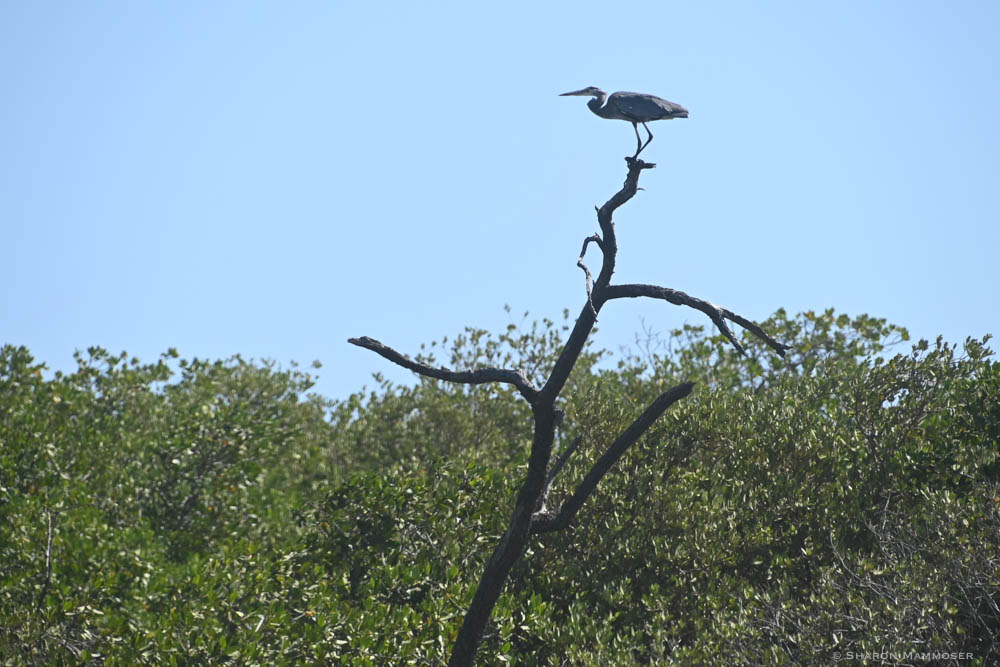
But here’s the thing– standing dead trees, also called wildlife trees, or snags, are essential to many animals and amazingly, can support more wildlife than a live tree. And though it continues to decompose and support life lying on the ground, it aids animals higher on the food chain when standing. Snags provide many benefits to wildlife.
They can be used as nesting sites, roosting cavities, places for feeding, singing, courting, preening, hiding, landing, watching, hunting and communicating.
According to the Northeast Natural Resource Center snags provide “essential habitat elements for at least 85 species of birds and over 50 species of mammals.” Many snags have a solid exterior but are rotten inside, often creating a hollow cavity for larger mammals like gray fox, black bear, and lynx. Other snags are not hollow inside, but are soft and pulpy. This type of snag is what I refer to with children as “a woodpecker restaurant” because it is often loaded with carpenter ants, wood-boring beetle larvae and other insects and invertebrates that woodpeckers will feast on.
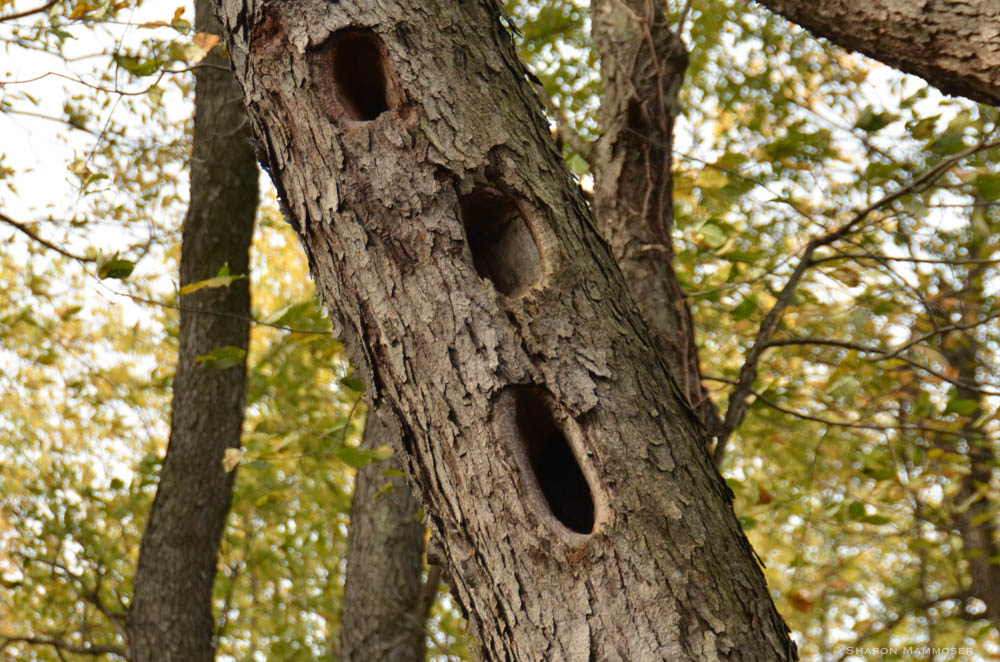
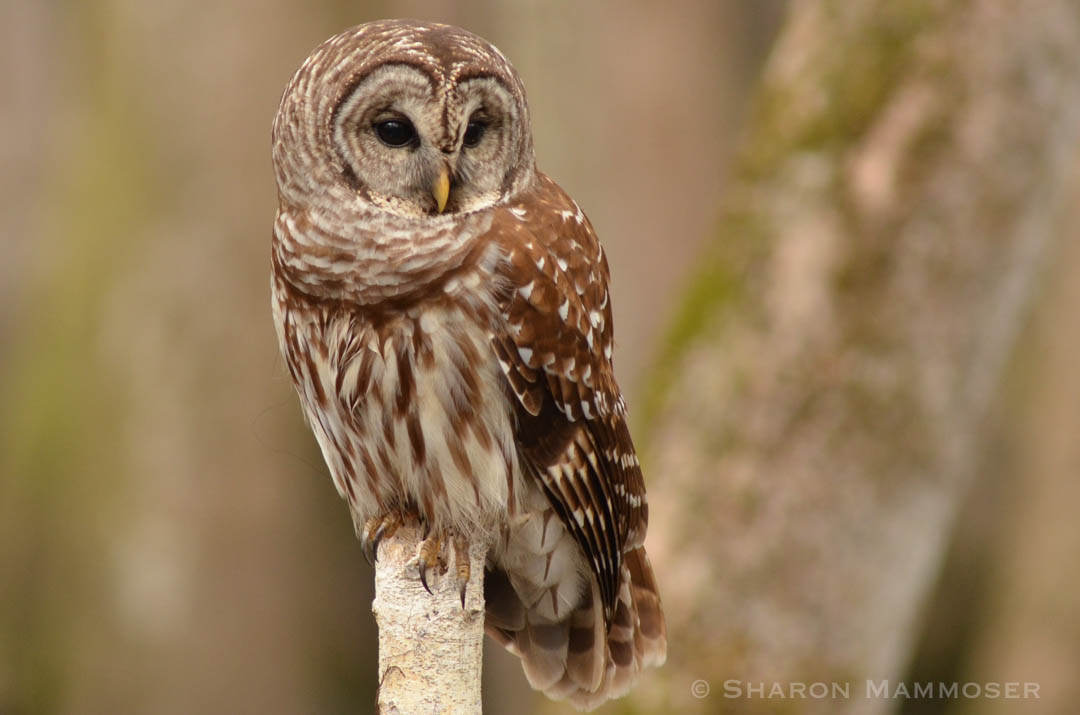
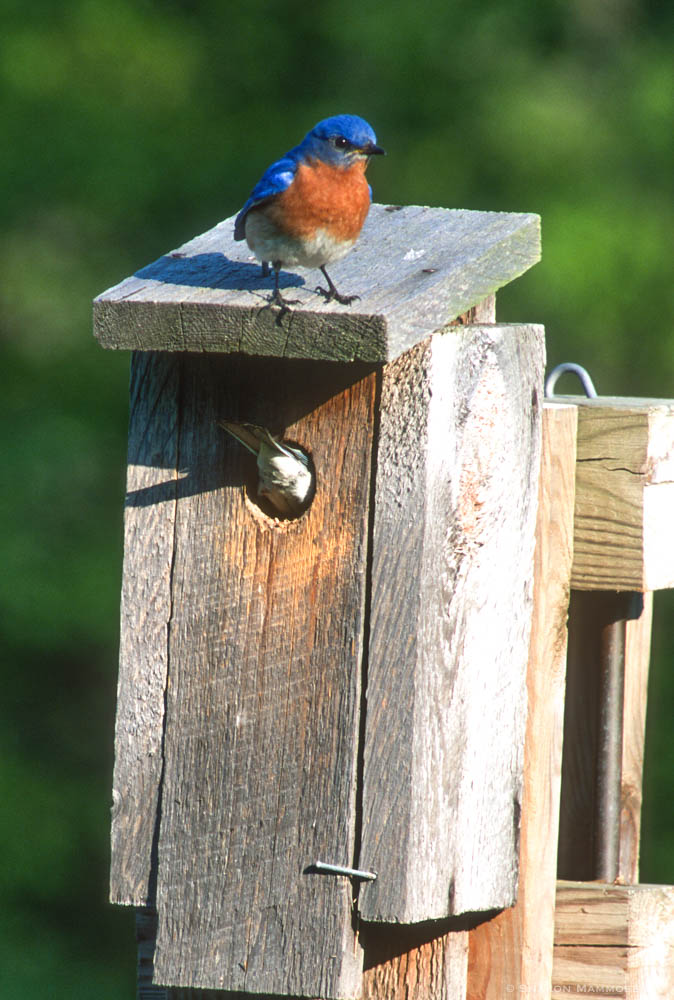
Numerous birds require snags for nesting cavities, including our beloved bluebirds. Without snags, these animals are dependent on human intervention such as nest boxes or nesting platforms. The osprey builds its nest on a branch of a dead tree and adds a new layer of sticks each year. Birds capable of excavating nesting sites in the soft wood of dead trees are referred to as primary excavators. Red-headed woodpeckers, red-bellied woodpeckers, downy and hairy woodpeckers, northern flickers, black-capped and boreal chickadees are all primary excavators. In addition to the creation of nesting sites, the pileated woodpecker will create large roosting holes in which they can safely spend the night. Many primary excavators use the nesting cavity only once, preferring to make a new hole for raising their young the following year. As you can imagine, the empty holes do not remain empty long.
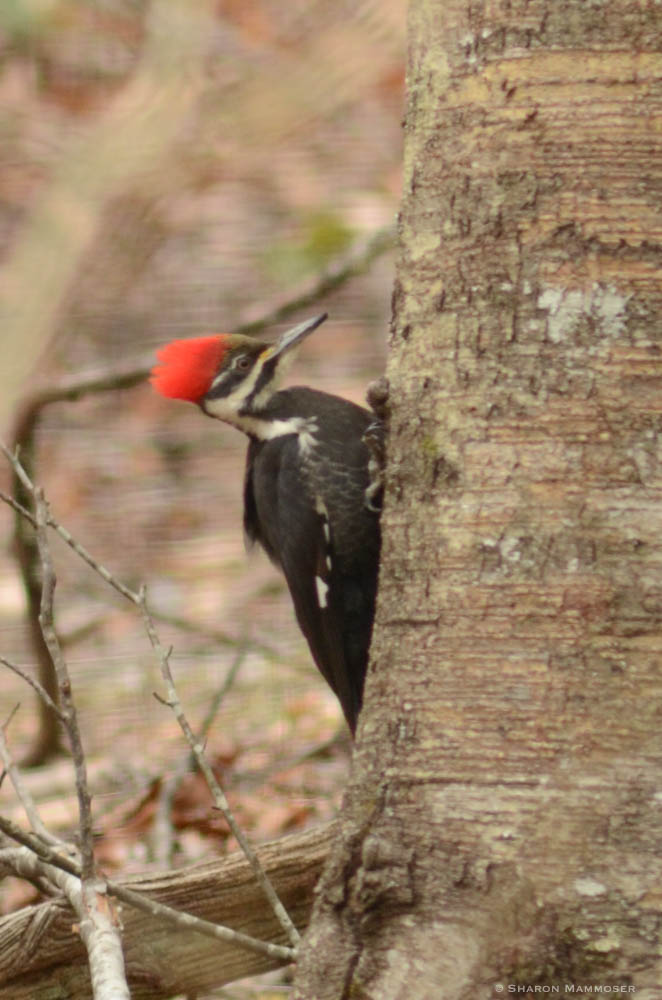
Many cavity-nesting birds are secondary excavators, not able to create the cavity themselves, but quick to take over cavities already created. In wetlands, dead trees are used as nesting cavities by wood ducks, common goldeneyes, hooded and common mergansers and buffleheads. When located in forests, snags may provide nest sites for northern saw-whet owls, red-breasted and white-breasted nuthatches, and great crested flycatchers. Snags located in or near meadows provide perching sites as well as nesting sites for American kestrels, swallows, merlins, great horned owls, barn owls, eastern screech owls, barred owls, bluebirds, wrens and some warblers. One bird, the brown creeper, builds its nest under the loose bark of a dead tree.
In addition to birds, other animals use dead trees, for den sites, for shelter, as a place to store food or to hide from predators. Some, such as the flying squirrel, may use the cavity year-round. Some use the trees on a temporary basis like the pine marten and lynx. Other animals that use the cavities of dead trees include opossums, several species of bats, eastern chipmunks, porcupines, raccoons, skunks, black bears, long-tailed weasels, deer mice and mink.
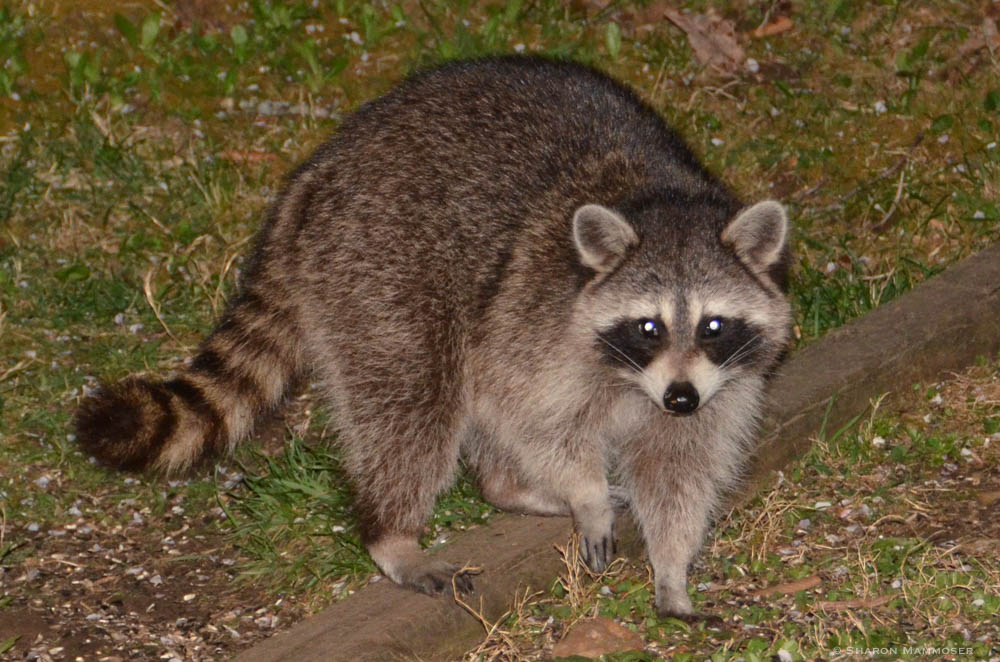
Trees provide people with many things. We get pulp to make paper products, lumber for building and wood for fuel. We take their fruit, use the shade they provide and admire their beauty through the seasons.
In our quest to “improve” our world, we often forget the services trees provide the other creatures who share our Earth.
Trees are not just valuable to people; they are valuable to wildlife, essential in fact. Perhaps next time before you cut down that dead tree for firewood or knock it down for the heck of it, you will think of all the life it supports and will leave it alone, to rot and fall on its own. The tree may be dead, but the animals that are living need it for their survival.
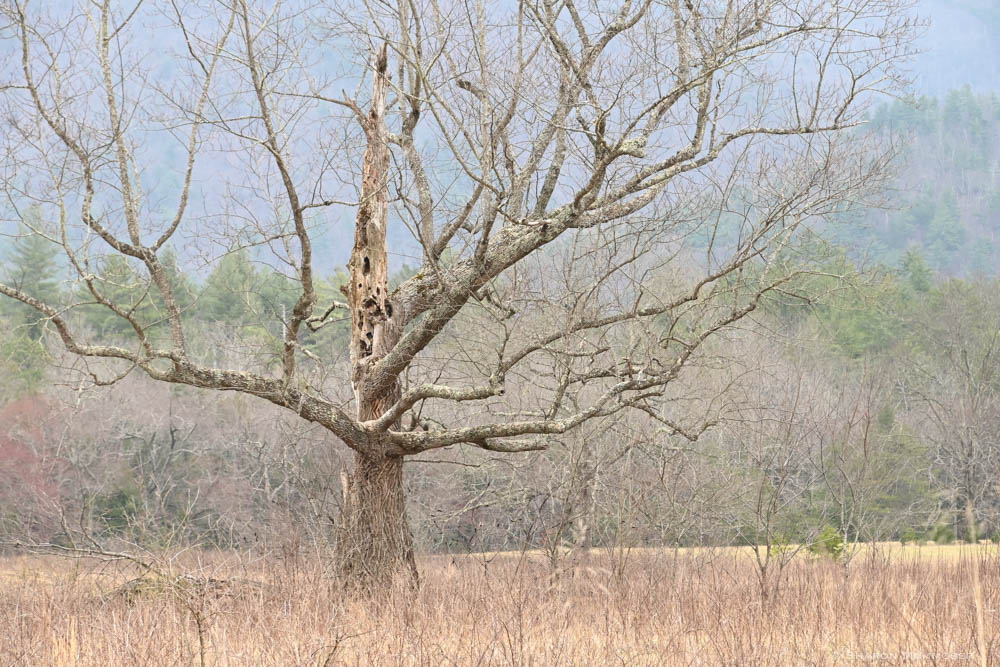
Even in death, the tree keeps on giving.
If you have a dead tree in your yard, or forest and it truly IS a threat to people or property, consider the following:
* Cut off only the top part, leaving a section of trunk for animals to use.
* Leave the removed section, or the entire tree (if cut down) on the ground. This way some animals will still be able to use the tree and vital nutrients from the decomposing tree will be allowed to return to the soil.
* If the tree poses no safety hazard, consider leaving it alone.


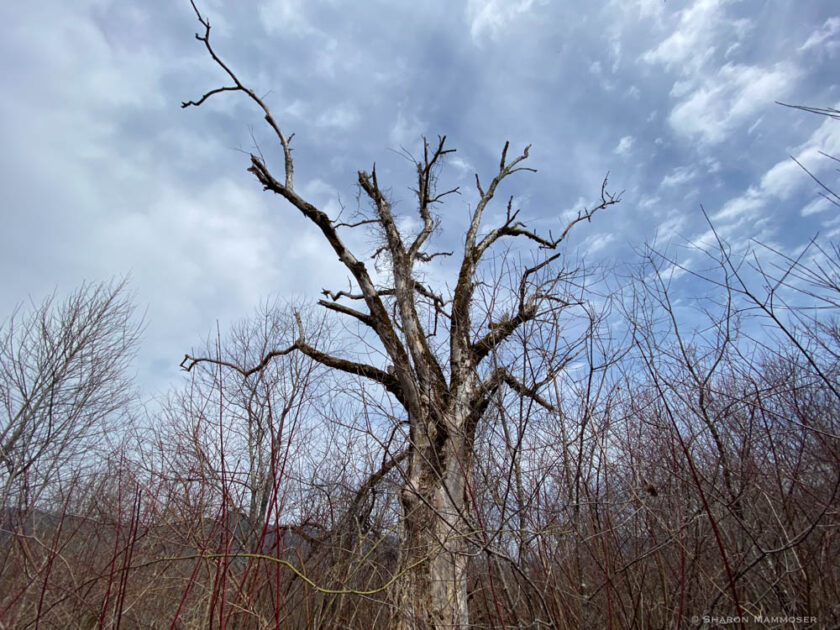
I did not know about how beneficial dead trees are! Now I know, thanks to you Sharon.
Helen, thanks for taking time to write. Yes, dead trees are necessary habitat for a lot of animals, including our beloved eastern bluebirds. I know you’ll help me spread the word!